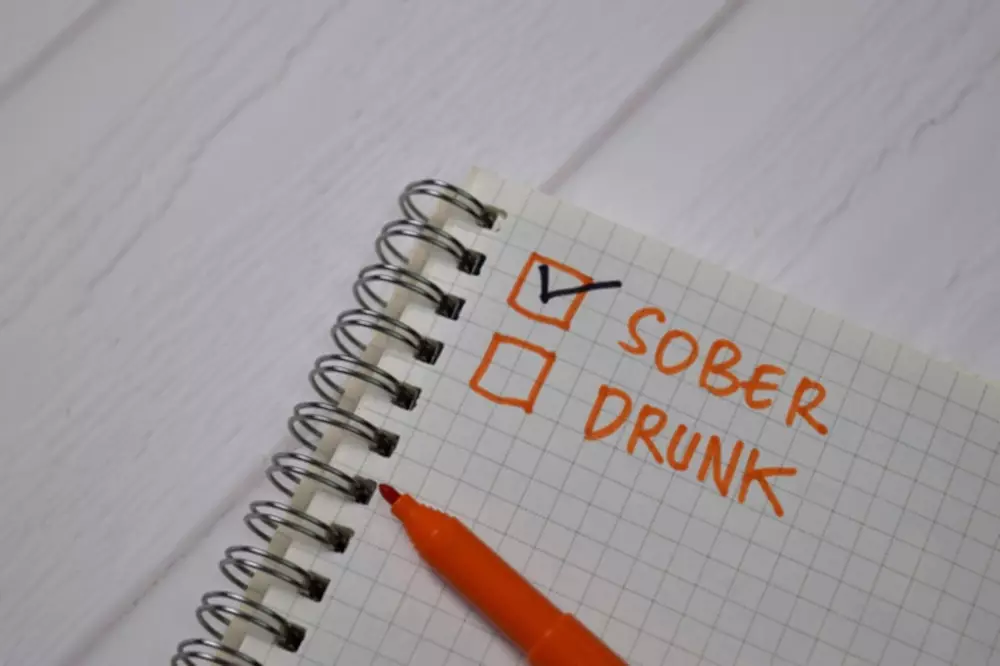The specified activities would occur entirely within the range of the Southeast Alaska stock of northern sea otters, which is not listed as threatened or endangered under the ESA. Sound level estimates for construction activities were generated using sound source verification from recent pile-driving activities in several locations in California, Washington, and Alaska. Environmental conditions in these locations, including water depth, substrate, and ambient sound levels are similar to those in the project location but not identical.
Impact of individual and environmental factors on academic performance of pregnant adolescent – BMC Women’s Health – BioMed Central
Impact of individual and environmental factors on academic performance of pregnant adolescent – BMC Women’s Health.
Posted: Fri, 21 Jul 2023 07:00:00 GMT [source]
Learn To Make Their Own Decisions
- Indirect Peer Pressure, on the other hand, is more insidious and can be harder to recognize.
- It includes the unspoken yet palpable desire to fit in or be accepted by your peer group.
- Seeing peers use substances regularly can also give the impression that the substances are safe to use or won’t have any negative effects.
Identity signaling is a key mechanism for enforcing similarity in a peer group (Berger, 2008). Identity markers help distinguish in‐group members from out‐group members. Some identity markers reflect social norms, which encompass principles and values https://ecosoberhouse.com/ that are sources of agreement and causes for unity (Veenstra et al., 2018). To gain admission into a group, adolescents are expected to indicate their compatibility by endorsing the group’s social norms, usually with a visible identity signal.

Identity Maintenance Models
Examples of these kinds of behavior would be when a teenager hands another teen an alcoholic drink, or makes a sexual advance, or looks at another student’s paper during a test. The other teen is put in a position of having to make an on-the-spot decision. In group settings, decisions can be made together to influence the actions of others, even without explicit instructions. For instance, if a friend group decides to break curfew even without speaking the words telling each other to do so, an individual might feel pressured to follow suit and fit in. The most common type of negative pressure is risk-taking behaviors like drug use.

EMPIRICAL SUPPORT FOR THE INFLUENCE‐COMPATIBILITY MODEL
The term “least practicable adverse impact” is not defined in the MMPA or its enacting regulations. A person may be especially vulnerable to peer pressure if they say that peer acceptance is important to them, or if they are sensitive to rejection. The perception that alcohol or drug use is expected may also act as a form which of the following is a type of indirect peer pressure? of peer pressure. The same study also found that students with higher resistance to peer influence were less likely to modify their behavior to match the perceived behavior of their peers. Self‐determination theory (Ryan & Deci, 2017) similarly argues that humans are motivated by a set of basic psychological needs.
- Beliefs about one’s abilities bolster intentions and strengthen confidence in successful outcomes, further increasing the likelihood that an individual will engage in a behavior (Ajzen, 1991).
- This estimation will also account for exposures to sea otters at the surface, as sound energy travels more efficiently through water than through air.
- Whether it’s the explicit urging from friends or the subtle desire to fit in, you’re armed with strategies to stand your ground.
- In so doing, we do not intend to dismiss the relevance of fixed characteristics.
- Recognizing these forms of peer pressure is the first step towards addressing them effectively.
Negligible Impact
Southall et al. (2007, 2019) assessed behavioral response studies and found considerable variability among pinnipeds. The authors determined that exposures between approximately 90 to 140 dB generally do not appear to induce strong behavioral responses from pinnipeds in water. However, they found behavioral effects, including avoidance, become more likely in the range between 120 to 160 dB, and most marine mammals showed some, albeit variable, responses to sound between 140 to 180 dB. Wood et al. (2012) adapted the approach identified in Southall et al. (2007) to develop a probabilistic scale for marine mammal taxa at which 10 percent, 50 percent, and 90 percent of individuals exposed are assumed to produce a behavioral response. For many marine mammals, including pinnipeds, these response rates were set at sound pressure levels of 140, 160, and 180 dB, respectively.
Least Practicable Adverse Impacts

What to know about peer pressure and drugs
- Conveyance of underwater noise into the air is of little concern since the effects of pressure release and interference at the water’s surface reduce underwater noise transmission into the air.
- If members of the football team take a pledge to abstain from drinking alcohol to focus on staying healthy and having a winning season, other students may adopt the same behavior.
- Indirect peer pressure is similar to unspoken pressure in that it is subtle and not explicitly stated but can still strongly influence an impressionable young individual.
- When a teen overhears a friend gossiping about another person and then reacts to the gossip, that is indirect peer pressure.
- Doing so will help students feel like they belong and that they are heard.
- If you are helping someone else deal with peer pressure and the teen is reluctant to talk about it, don’t worry, just be supportive and available when he/she needs you.